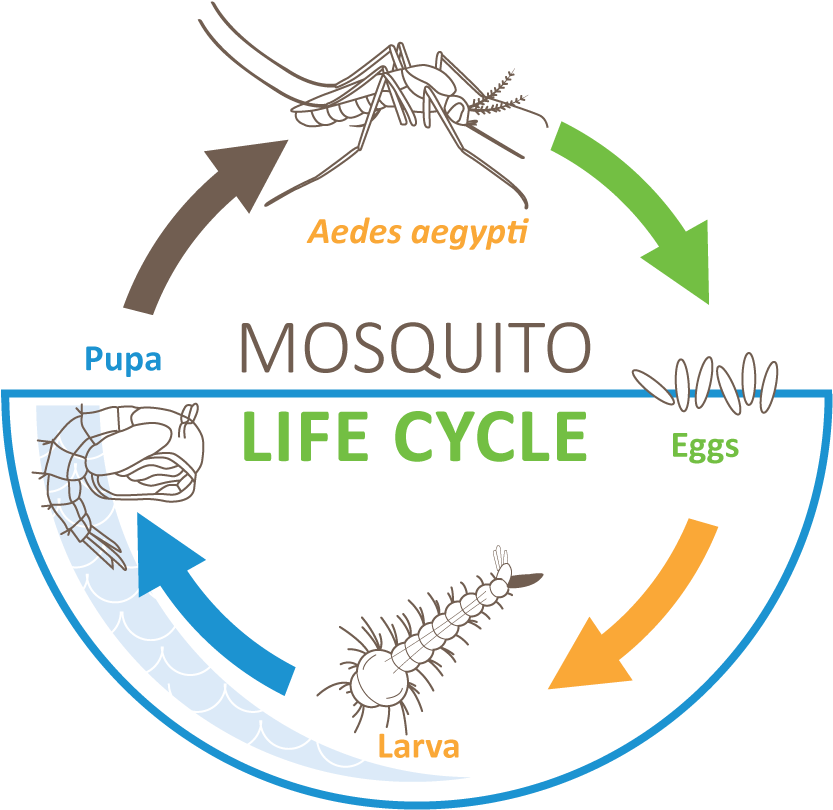We know that getting the most out of your mason bee house (also called a bee lodge or bee hotel) is important to you and that it is an important part of your backyard ecosystem. But did you know that it’s just as important to make sure that you perform regular maintenance on it?
Just like our own homes, bee lodges can benefit from a thorough cleaning each year and regular maintenance during the season, though when to do it depends on your climate. If your bee hotel is made of cardboard or other weather-vulnerable materials, it may be best to simply replace the old bee hotel with a new one if thoroughly damaged. (NOTE: Before getting rid of your old bee lodge, make sure that there aren’t any active cocoons that might still have young bees inside!)
But mason bee houses made of stronger, sturdier materials can be cleaned by following the steps below so you can keep your bees a-buzzin' season after season.

When to Perform Bee Hotel Maintenance
We recommend performing mason bee house maintenance (or solitary bee house maintenance) in the fall toward the end of most bee activity. For most species, hibernation occurs during the winter months (typically November through March) and will resume with the onset of warmer weather, though this can vary depending on the region and climate. Generally, as temperatures start to drop, so too does bee activity.
Conversely, after the newly hatched bees emerge from the cocoons in the warmer months of spring – typically when the weather hits around 55 degrees Fahrenheit1 – the lodge will often be empty of its inhabitants as the bees set out to pollinate. If you notice that a structural repair needs to be made, or there’s a hole in your mason bee hotel, this can be an opportune time to get some quick maintenance done.
Worried about getting stung? In the case of a mason bee, let’s just say it’s extremely unlikely. These gentle creatures will go a long way before being provoked enough to cause a human any harm.2
How to Clean a Bee House
As we mentioned earlier, when it comes to cleaning your mason bee house, it’s really quite easy!
You’ll need:
- Pair of gloves
- Soft brush
- Hose
- Portable vacuum cleaner
- A bit of sunlight
How to clean a mason bee house:
- The first thing you’ll want to do at the end of any bee season is to use a small, soft brush to remove all dead bees and debris inside your bee house. If there are any empty cocoons, remove them as well – they might have become infested by other insects that will deter the bees from returning next spring. Similarly, nests that have been damaged by inclement weather (or enterprising predators looking for a quick snack) should be removed as well.
- Next, use the brush to remove any dirt, cobwebs or other debris from the outside of your bee lodge.
- After you’ve brushed away the bulk of the debris, use a little warm water to clear out any remaining pollen residue or debris that’s in those hard-to-reach places – but be careful! You’ll want to avoid the use of soap or any chemical cleaning products that could potentially harm or deter returning bees next season.
- Finally, after letting your bee lodge dry out in the sun for a while, we recommend taking a small vacuum and giving it a last once-over. This will ensure that your bee hotel is primed and ready for guests.
How to Manage Your Bee House
There are two main rules to follow when it comes to bee house maintenance: keep it clean, and keep it dry.
Bees need a clean, dry place to live and thrive. If you notice mold or mildew on the walls of your bee house, it's time to wipe them down with a wet cloth or sponge and let things air out for a few days. Humidity can lead to condensation inside of your bee house, which makes it harder for bees to breathe comfortably while they're in there – and left unchecked, it can even lead to an abundance of mold growth!
To prevent this from happening, make sure there are no leaks around windows or doors (or any other holes). Additionally, you can work to keep moisture out by covering the roof with a tarp when necessary. Moreover, while most bee hotels are placed in or around a garden, try not to overwater plants near where you keep your bee lodges since extra water could splash into the crevices of your hotel.
If any water does get inside, it’s best to act quickly. Using absorbent materials like newspaper shreds or straw can help soak up the moisture and return your bee hotel to its dry and hospitable state.
 We offer three different bee lodges.
We offer three different bee lodges.Getting the Most Out of Your Bee House
To get the most out of your bee hotel, it's important to understand the needs of the mason bees that will be using it. Here are some tips to help you attract and support a healthy population of mason bees in your bee hotel:
- Location: Place the bee hotel in a sunny, sheltered spot that is protected from wind and rain. The ideal location will receive about 6 hours of direct sunlight per day. Not sure if you’ve got the right spot in mind? Don’t worry, we’ve shared tips on where to hang them!
- Holes: If building your own mason bee hotel is part of your DIY project this spring, make sure the holes in the bee hotel are of a suitable size for the mason bees that you want to attract. The holes should be between 5mm and 10mm in diameter and should be drilled at a slight downward angle to make it easier for the bees to enter and exit. If you’ve purchased a prefabricated bee hotel like one of the bee lodges from Best Bee Brothers, no need to worry – we’ve got you covered.
- Nesting material: Provide a variety of suitable nesting materials for the bees, such as natural or artificial cocoons, or soft materials such as twigs, grasses, or bamboo. This will give the bees a choice of materials to use when constructing their nests.
- Water source: Provide a nearby source of water for the bees to drink from, such as a shallow dish or birdbath. This will help to ensure that the bees have access to water when they need it.
- Maintenance: Regular maintenance of the bee hotel is essential to keep it in good condition and to provide a safe and healthy habitat for the bees. Following the steps above, clean the bee hotel each fall after the bees have finished using it, and make any necessary repairs.
By providing the right conditions and resources, you can help to attract and support a healthy population of mason bees in your bee hotel, which in turn will help to pollinate your plants and improve your garden.









Leave a comment
All comments are moderated before being published.
This site is protected by hCaptcha and the hCaptcha Privacy Policy and Terms of Service apply.